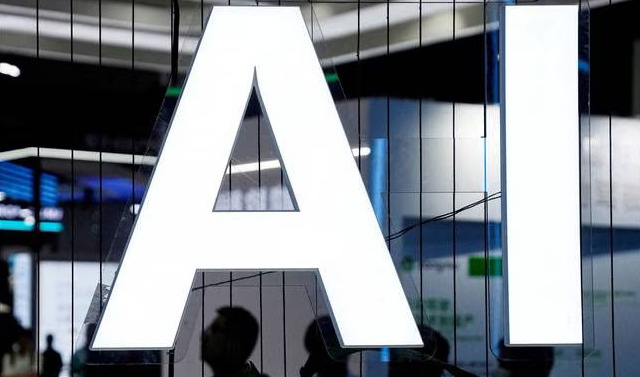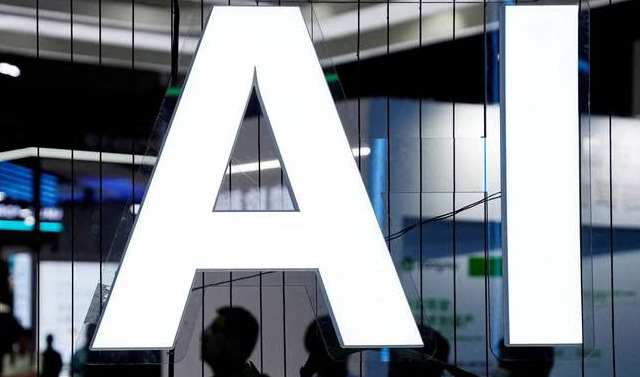RailVision Analytics’ AI Solution Paving the Way for Fuel Savings in Diesel Trains

In the race to combat climate change, the focus has often been on reducing greenhouse gas emissions from air and road travel through electric vehicles and sustainable aviation fuel. However, rail transport, responsible for one-quarter of the world’s greenhouse gas emissions, has received comparatively little attention in terms of climate impact mitigation.
RailVision Analytics, a Canadian start-up based in Montreal, aims to change that narrative. Leveraging artificial intelligence (AI), the company has developed innovative software to empower locomotive engineers with precise driving adjustments that can lead to significant fuel savings in diesel-powered trains, thereby reducing emissions.
Described by founder Dev Jain as similar to Google Maps, the AI application can be downloaded on a tablet and run offline. Unlike the popular navigation app guiding drivers on road routes, RailVision’s AI software provides real-time guidance to engineers, advising them to “stay idle” or “increase speed” based on the train’s dynamics and terrain.
When it comes to trains, the law of inertia discovered by Isaac Newton in 1686 plays a crucial role. The length of trains often leads to variations in elevation changes, resulting in some rail cars moving uphill while others continue downhill. Engineers face the challenge of determining whether to coast or increase power, making efficient driving patterns critical.
To address these complexities, RailVision collects data from rail operations to simulate train dynamics, employing an algorithm to identify the most fuel-efficient driving approach. During a one-year experiment, this AI solution successfully helped Metrolinx, a government agency serving millions of passengers in Ontario, save more than 1.5 million litres of diesel fuel.
Via Rail Canada, the country’s primary intercity passenger train operator, has also embraced RailVision’s AI technology. By applying the AI-generated guidance, engineers on passenger trains between Toronto and Ottawa achieved a 15% reduction in diesel consumption compared to those without the guidance.
RailVision’s AI solution has garnered investor interest, raising $4 million in a seed round from investors like Trucks Venture Capital and Blackhorn Ventures in 2022. As fuel constitutes the second-largest operating expense for North America’s railroads, the start-up’s offering holds great promise.
Francoise Granda Desjardins, a senior sustainability advisor at Via Rail, lauded the innovation’s practicality and applicability to their reality. RailVision charges railway companies a subscription fee for its AI guidance, which often proves cost-effective within a few months through fuel savings.
Beyond financial gains, the environmental impact is equally significant. Via Rail estimates that implementing the AI solution on all its trains could cut annual carbon emissions by over 20,000 tonnes, equivalent to removing more than 4,000 cars from the road each year.
While RailVision’s AI solution demonstrates considerable potential for fuel savings and emissions reduction, practical implementation in real-world conditions presents challenges. An operational gap exists between simulated and actual train operations, and adherence to safety regulations requires engineers to memorize instructions before departure, limiting their ability to access the AI app while in motion.
Although AI technology cannot replace the ultimate goal of transitioning rail transport away from fossil fuels, RailVision’s innovation proves to be an important stepping stone in mitigating climate impact in the rail industry. By improving fuel efficiency, AI technologies like RailVision’s are instrumental in achieving significant progress toward net-zero emissions in the rail sector.






wu5oo
can you buy clomid without a prescription acquista clomid online buy clomid without dr prescription where to buy generic clomiphene pill where buy clomiphene price how to get generic clomid price buying clomid tablets
June 4, 2025order cialis online pharmacy
The reconditeness in this tune is exceptional.
June 9, 2025antibiotic flagyl side effects
This is the make of advise I find helpful.
June 11, 2025b3ks3
azithromycin 500mg uk – ciplox 500 mg oral metronidazole 200mg pills
June 13, 202585s27
buy semaglutide no prescription – where to buy rybelsus without a prescription order periactin 4 mg for sale
June 14, 2025